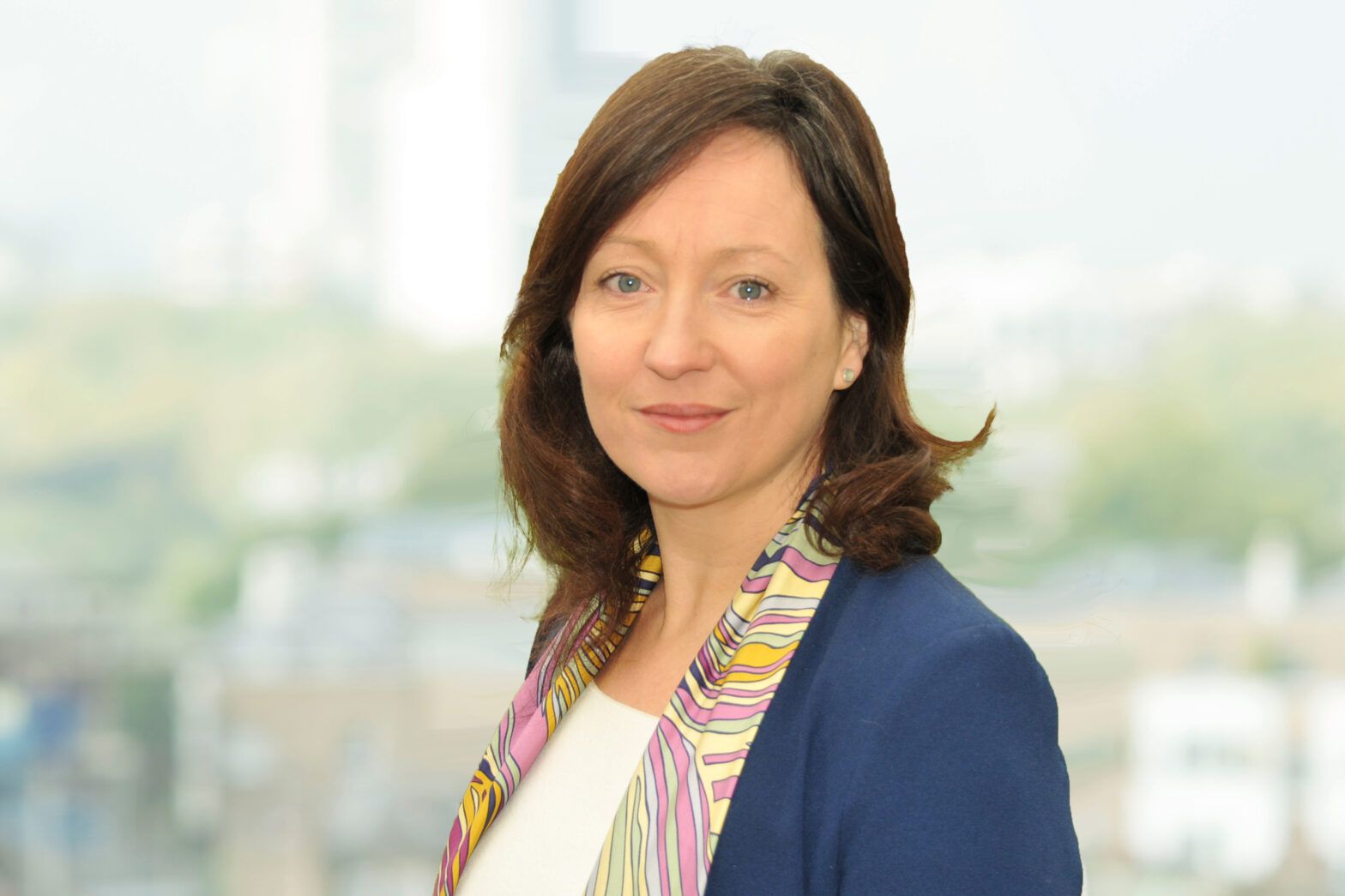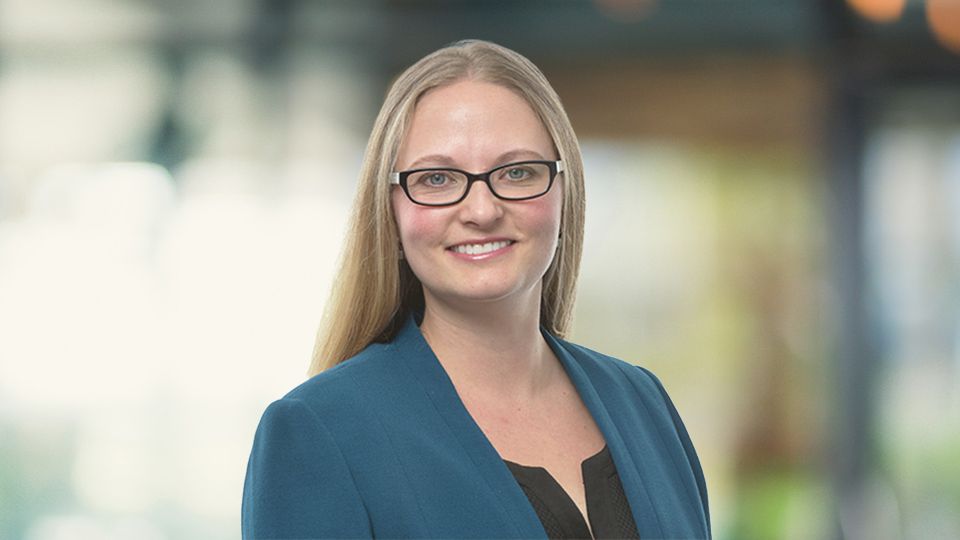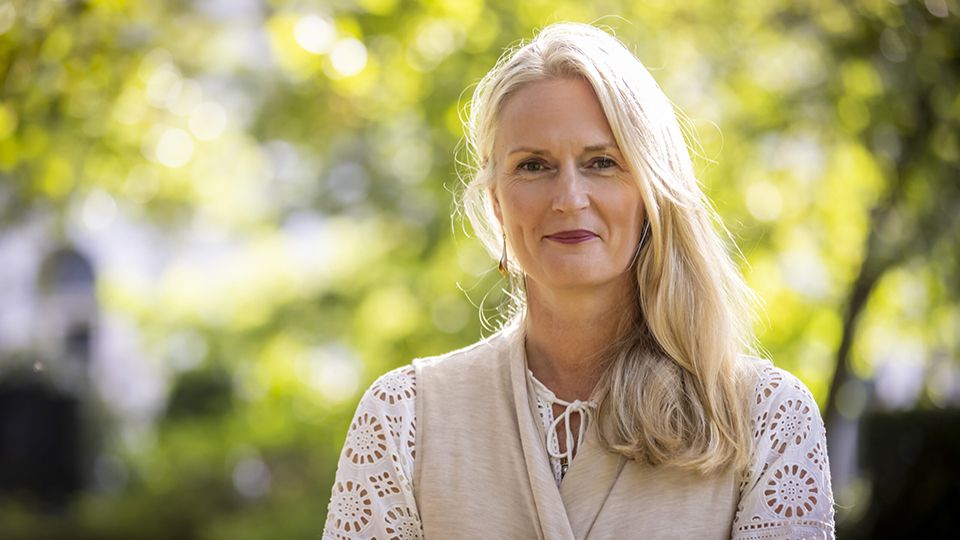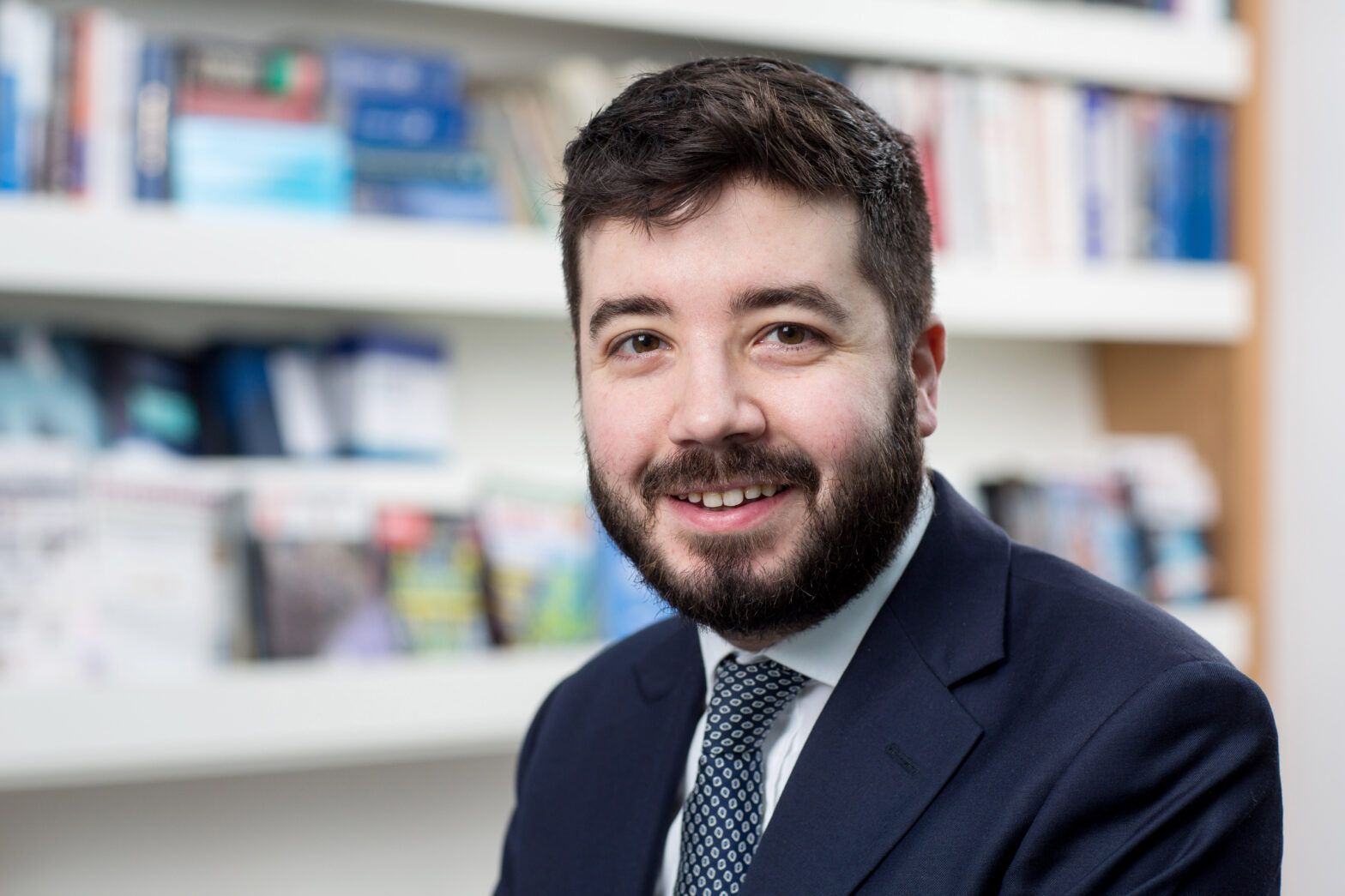The world’s goal of eradicating extreme poverty by 2030 now looks unlikely to be met.
In September 2015, in New York, 193 nations agreed to that target, one of the United Nations Sustainable Development Goals (SDGs). Progress had been made. During the three decades prior to Covid, more than one billion people escaped extreme poverty, and by 2015, the global extreme poverty rate had been cut in half.
The economic shock of Covid-19 has thrown that momentum into reverse. According to a recent report by the World Bank, Covid, the Ukraine war, rising food and energy prices, and natural disasters have caused the largest setback to poverty reduction since the Second World War. The World Bank’s projections indicate that by 2030, nearly 7% of the world’s population – about 574 million people – will be in extreme poverty.
The World Bank defines extreme poverty as income of less than $2.15 a day (in Purchasing Power Parity terms). This can sometimes be more pronounced in certain regions and supply chain areas, with more than a million smallholder cocoa farmers in Ghana and the Ivory Coast earning much less: $1.42 and $1.23 a day, respectively. Cocoa farming is a rural occupation, but cities also host extreme poverty. One of the largest urban areas with extreme poverty in the world is in Dharavi, in Mumbai, India. Income in Dharavi is estimated at around $2 a day.
Poverty is a worldwide problem, and income only one of its many dimensions. Most of the extreme poor – as defined by the World Bank – live in Sub-Saharan Africa, with large numbers also in India, Bangladesh, Pakistan, Yemen, Syria, Brazil, Indonesia, and Uzbekistan. In the developed world, extreme poverty exists, but is low as a rate: just 1% in the US, which equates to 3.3 million people. In the UK, the rate is 0.3%, or around 209,000 people. More broadly defined forms of poverty have also worsened due to Covid and are embedded within the supply chains of many companies.
Lost learning
Women worldwide have been disproportionately affected by the socioeconomic fallout of Covid, struggling with lost jobs and increased burdens of unpaid care work, according to a United Nations report.
The next generation includes more than 145 million children worldwide who missed significant education time, affecting their learning and well-being, according to the UN report. Poverty is often correlated to the absence of a good education which typically underpins prospects, not only for income, but also for health. The UN report estimates that, as a result of Covid, the current generation of children could lose a combined total of $17trn in lifetime earnings (in current value). The World Bank report estimates a wider range of between $10-21trn, depending on the extent of school closures and on the effectiveness of mitigation measures. Although the exact value of this future loss may be unknown, it is staggering: to set it in context, the 2021 GDP of the US was $23trn.
Solutions
Given the challenges presented by extreme poverty, and the scale of its long-term consequences, we try to consider and research this systemic issue within our investment decisions.
There are frameworks and considerations we can embed to better understand the broader impact of capital allocation decisions, such as alignment to the UN Global Compact, a framework built on ten principles focused on human rights, labour, environment and anti-corruption. Aligning our investments to the UN Global Compact helps to achieve the societal goals of the UN SDGs. Within the achievement of these goals are growing underlying opportunities, such as Living Wage commitments.
The supply chains between industries such as small-scale mining in the Congo, or cocoa farming in Ghana, to give just two examples, and products consumed in the developed world, require more transparency. Investors have the opportunity to research and engage with companies to understand the embedded poverty in the supply chain, not only among their direct employees, but also among their suppliers. For instance, Madagascar currently produces 80% of the world’s vanilla, a key spice in fast-moving consumer goods.
It is a raw material with many end uses, including confectionary, ice cream, and fragrance. Yet Madagascar is faced with meaningful poverty issues, manifested on an income basis, and also on a nutritional basis, with 40% of its children (under the age of five) suffering from stunted growth. Additionally, a high number of children are out of the educational system. If we consider the sustainability of these generational issues within our investment framework, such as understanding the farmer-based initiatives like “Vanilla for Change”, which Unilever, a holding of the Jupiter Global Sustainable Equity strategy, has partnered with, among other corporates. Understanding the impact of these supply chain considerations exposed to poverty, we can better assess the sustainability of the products sold in economic, environmental and societal terms.
There are many positive investment opportunities that can assist in alleviating extreme poverty. In Kenya, where about 29% of the population is in extreme poverty, and where Covid pushed an additional two million people into poverty, there are encouraging examples. Kenya’s high literacy rate, almost 80%, is a reason for optimism. Safaricom, a Kenyan telecommunications company, has made a positive difference in lifting Kenyans out of poverty. Its M-PESA mobile money platform service has been transformative to people’s lives in allowing them to transfer and receive money more quickly, safely, securely and reliably.
Governments, investors, civil society and business globally continue to work together to advance the societal goals embedded within the UN SDGs, which includes the commitment of addressing extreme poverty.





